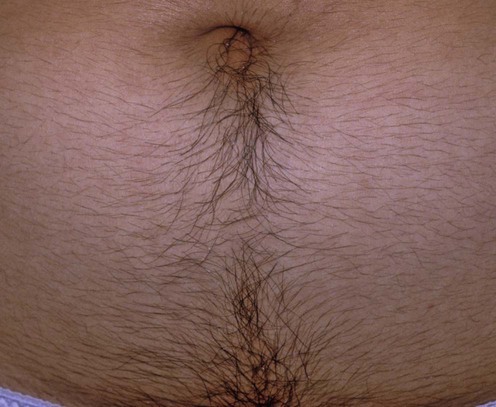Table 106.1 Ovarian Polycystic ovarian syndrome (menstrual irregularities, infertility and metabolic syndromea) Adrenal Congenital adrenal hyperplasia – classical and non-classical types (irregular menses, primary amenorrhoea) Pituitaryb Cushing’s disease (striae, fat redistribution, fragile skin, proximal muscle weakness, mood disturbance, insulin resistance) Idiopathic Occult functional hyperandrogenism Exogenous (androgenic medications) Testosterone, adrenocorticotrophic hormone (ACTH), valproic acid, anabolic steroids, androgenic progestins aMetabolic syndrome: obesity, insulin resistance/diabetes mellitus type 2, lipid abnormalities, cardiovascular disease. bPituitary tumors can also present with visual field disturbances.
Hypertrichosis and hirsutism
![]() For additional online content visit Expert Consult website.
For additional online content visit Expert Consult website.

Management strategy
HAIR-AN syndrome (hyperandrogenism, severe metabolic syndrome,a acanthosis nigricans)
Hyperthecosis (menstrual irregularities and metabolic syndromea)
Ovarian tumors and hyperplasia (irregular menses, virilization symptoms)
Cushing’s syndrome (striae, fat redistribution, fragile skin, proximal muscle weakness, mood disturbance, insulin resistance)
Adrenal tumors (virilization symptoms)
Acromegaly (coarse facies and enlarged hands)
Hyperprolactinemia (galactorrhea )
Abnormalities in peripheral 5α-reductase or androgen receptor
![]()
Stay updated, free articles. Join our Telegram channel

Full access? Get Clinical Tree


Plastic Surgery Key
Fastest Plastic Surgery & Dermatology Insight Engine

